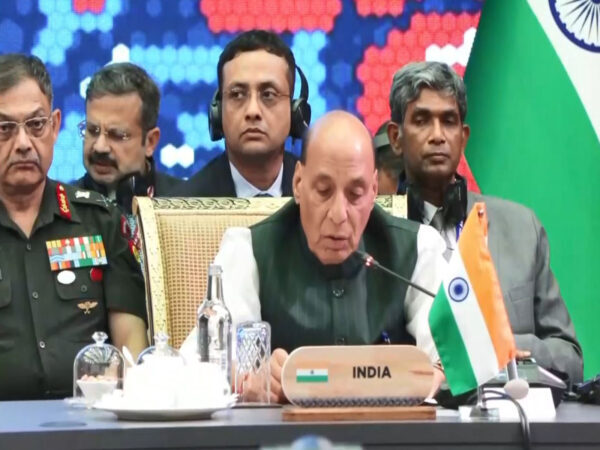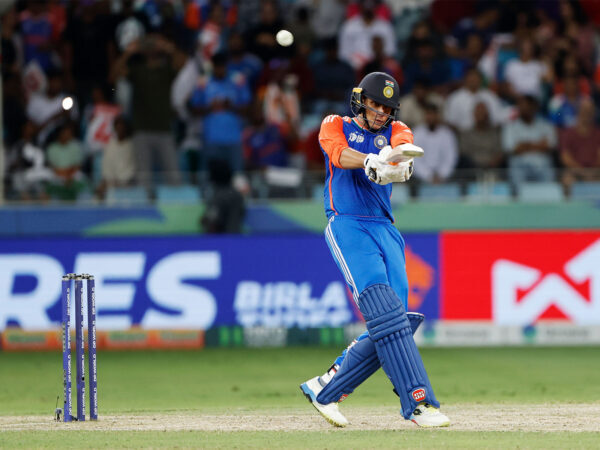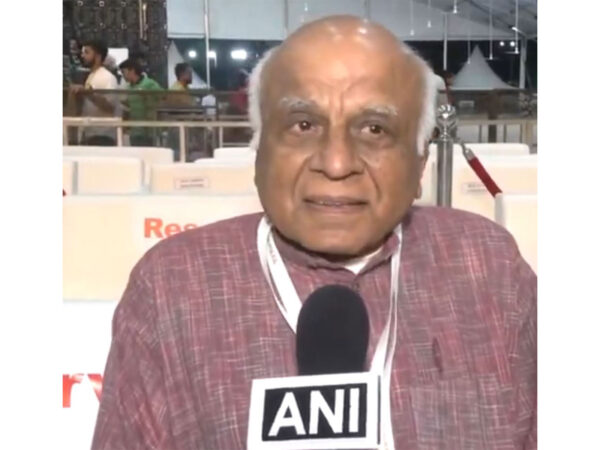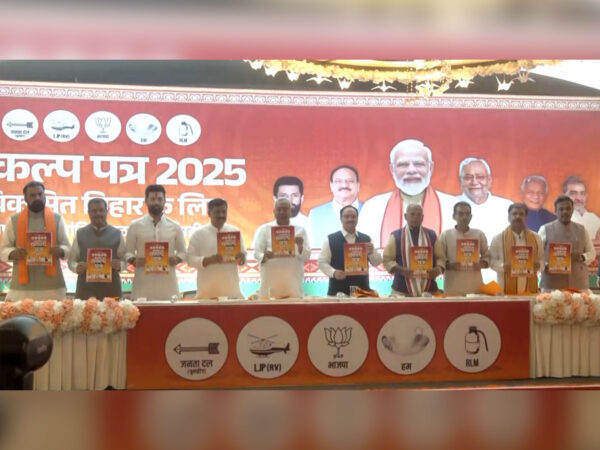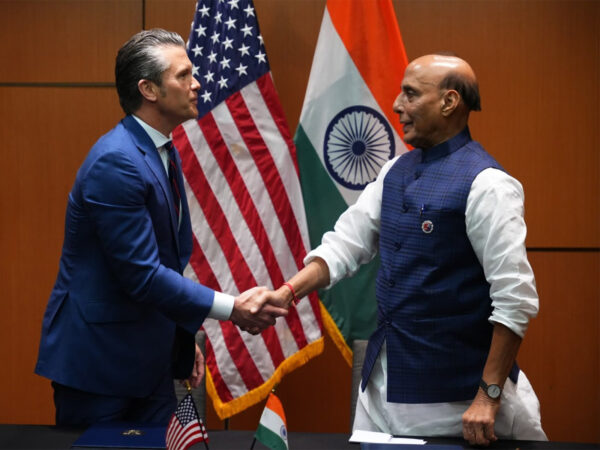Defence Minister Rajnath Singh on Friday reaffirmed India’s commitment to a stronger and more stable partnership with ASEAN, emphasising shared prosperity, maritime security, women’s participation in UN peacekeeping, and enhanced defence cooperation in the Indo-Pacific.
“In today’s uncertain world, where many old beliefs and expectations are changing, I believe that the ASEAN-India relationship will remain a strong pillar of stability. Both ASEAN and India have shown rapid economic growth. Naturally, we both look forward to greater economic ties that will lead to mutual prosperity. To further strengthen trade relations with ASEAN, we look forward to the early completion of the review of the ASEAN-India Trade in Goods Agreement,” the Defence Minister said in his opening remarks at the ASEAN-India Defence Ministers’ Informal Meeting in Kuala Lumpur.
He underlined India’s role in regional security and its commitment to international law, saying, “India contributes to disaster relief, counter-terrorism and maritime security, and supports freedom of navigation and adherence to international law in the South China Sea.”
Singh highlighted that maritime cooperation remains a cornerstone of India’s engagement with ASEAN. “Maritime security is a central focus of India-ASEAN engagement. I commend ASEAN member states for agreeing to the second edition of the ASEAN-India Maritime Exercise,” he said.
Emphasising the economic and strategic importance of the Indo-Pacific sea lanes, the Defence Minister added, “Sea lines of communication in the Indo-Pacific are vital for regional stability and prosperity. More than half of India’s trade passes through the South China Sea and the Malacca Strait, so secure maritime routes are our top priority.”
He further noted, “India supports a rules-based maritime order based on the principles of UNCLOS and emphasises peaceful resolution of disputes. ASEAN-led initiatives to establish regional maritime interests are reinforced by India’s support. Any Code of Conduct in the South China Sea must respect the legitimate interests of all countries to safeguard regional interests.”
Turning to the issue of inclusivity in peacekeeping, Singh highlighted India’s efforts to promote gender equality and enhance women’s roles in international missions.
“At the first ASEAN-India Defence Ministers Meeting, an initiative was announced for Women in UN peacekeeping operations. The United Nations has set an ambitious goal to increase women’s participation in peacekeeping missions. This goal is based on the experience that the deployment of women peacekeepers makes conflict resolution more achievable and establishes a just peace,” he said.
“Therefore, taking this initiative forward, I propose a second edition of the ASEAN-India Initiative for Women in UN Peacekeeping Operations. This time too, it will be conducted in two phases – the first phase will consist of tailor-made courses for women military officers, and the second phase will be a table-top exercise focusing on the protection of civilians and the role of women peacekeepers,” the Defence Minister added.
Singh also called for greater institutional collaboration between India and ASEAN in the defence and security domain. “To further strengthen strategic cooperation between India and ASEAN in the defence and security domain, I propose to establish a dedicated forum that will encourage institutional engagement between defence think tanks from both regions. This initiative will promote dialogue, policy research collaboration, and capacity building to address evolving security challenges in the Indo-Pacific region,” he said.
“Today, we are sharing a concept note for this proposed forum. I request our ASEAN partner countries to nominate leading defence think tanks, experts, and academics from their countries to participate in this dialogue. I am confident that this dialogue will further strengthen regional cooperation and bring innovation to policy-making and practical execution,” he added.
Concluding his remarks, Singh invited ASEAN nations to participate in upcoming joint naval engagements to strengthen interoperability and maritime cooperation.
“I look forward to the participation of all ASEAN Member States in the ASEAN-India Maritime Exercise and International Fleet Review 2026, to be held in India. These events will further strengthen naval cooperation, enhance interoperability, and help ensure maritime safety, security, and freedom of navigation,” he said.
The Defence Minister also expressed appreciation for Malaysia’s leadership and hospitality. “I thank Malaysia, as Chair of ASEAN & ADMM Plus, for organising this meeting effectively. We will meet again soon to advance our shared goals of peace, security, and progress in the Indo-Pacific region,” he said. (ANI)
